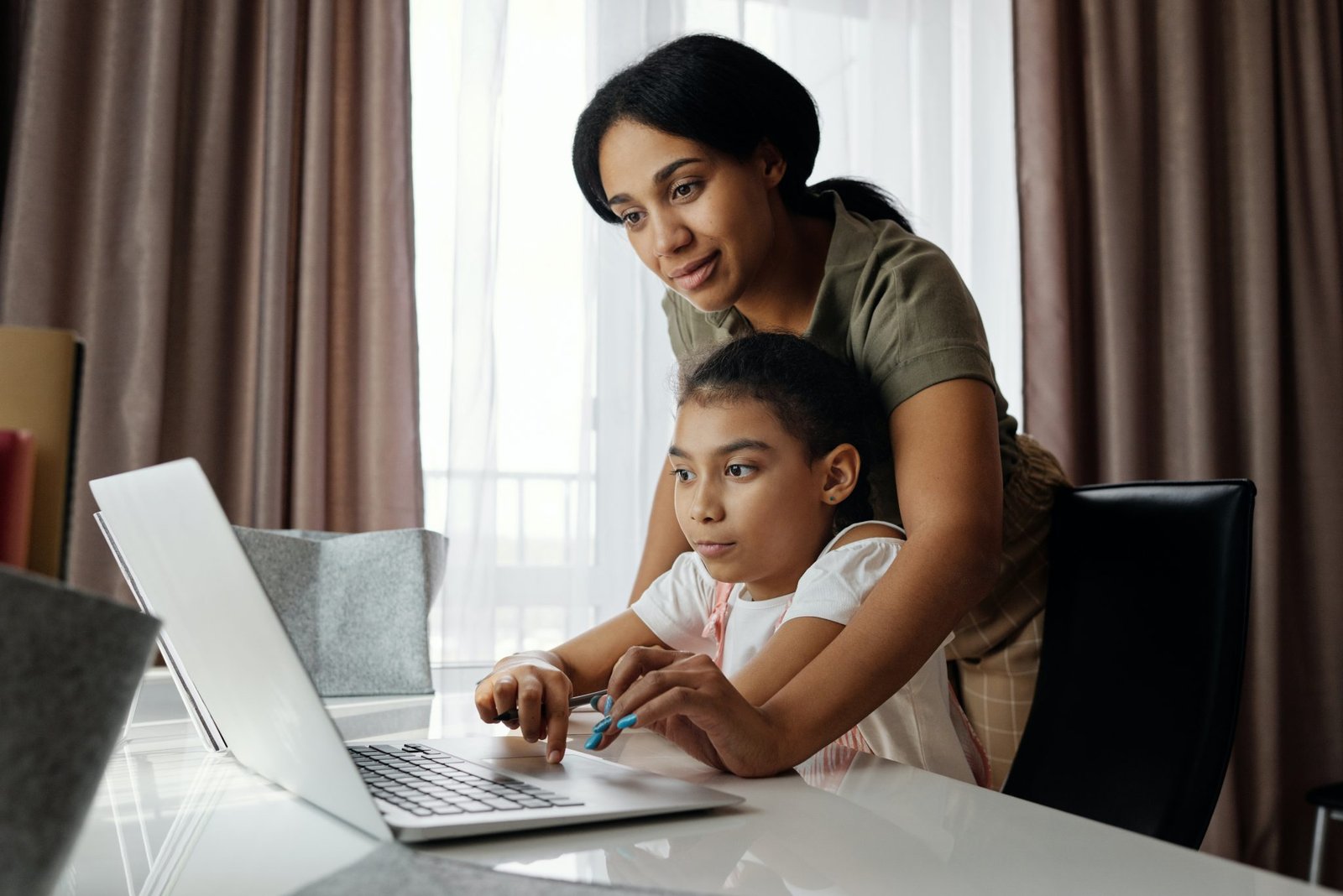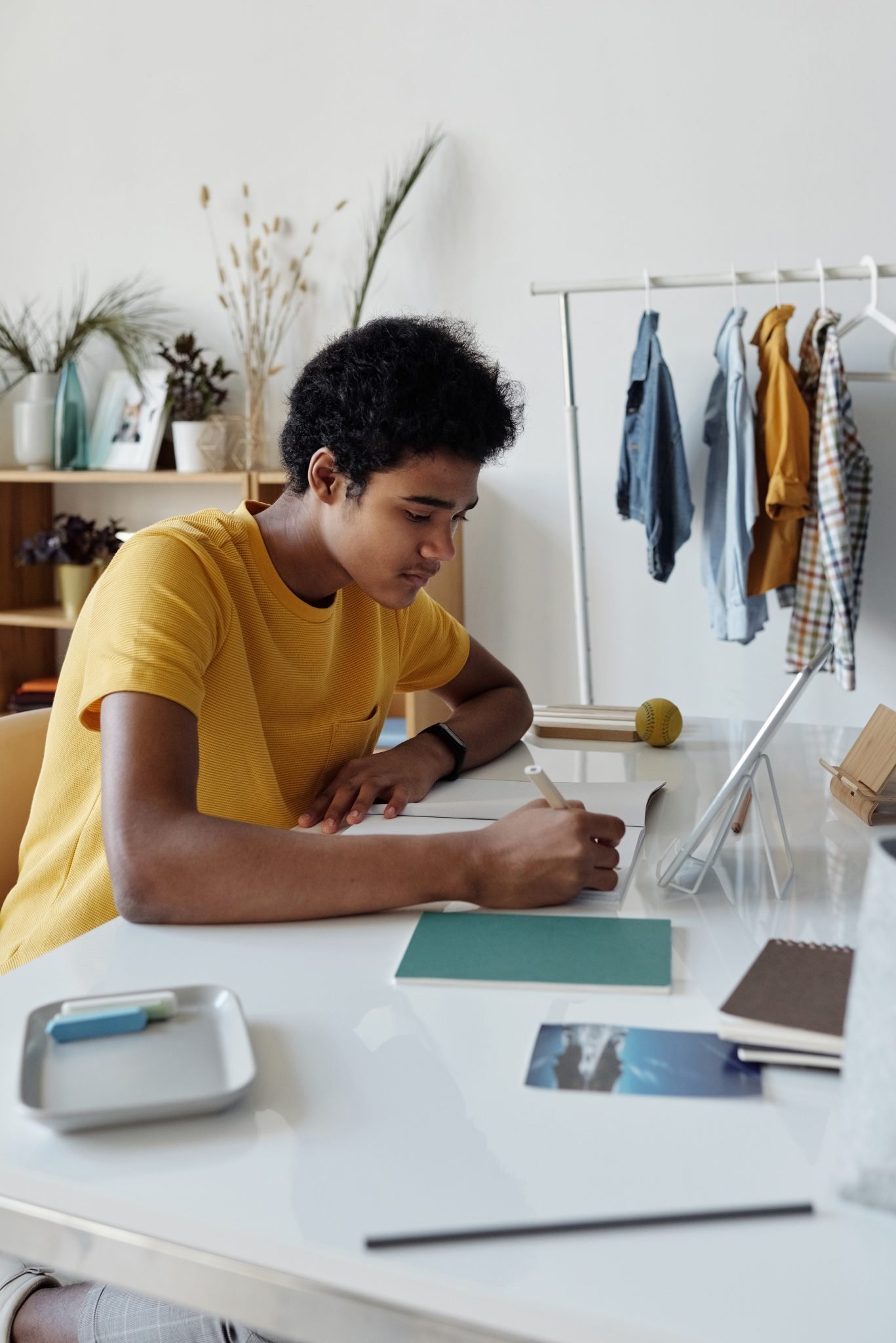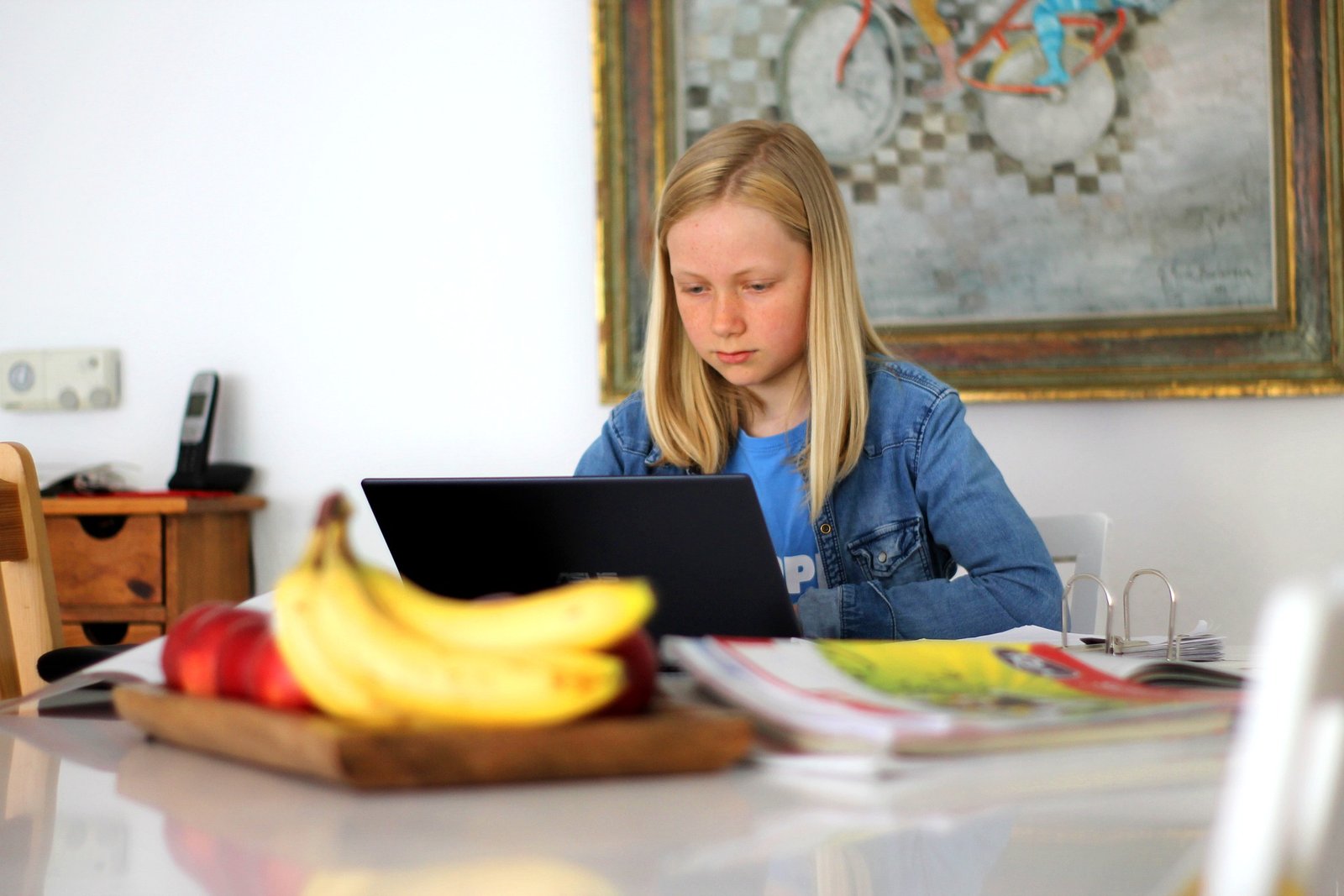
Blended Learning Is The Future: Here’s How Schools Can Get Ahead
Blended learning is a contemporary educational design that infuses traditional face-to-face classes with online materials and instruction.
In light of the pandemic, school boards across the globe are having to act fast by implementing new strategies that can keep their students and teachers safe, but still get the job done.

Blended learning is now among the top choices of educational pathways, and here we’ll see how schools can begin to transition into it.
Select an Online Learning Platform
The first part of building an online classroom onto your physical one is by selecting a learning platform. There are many to choose from, and you can click here to view a list of all the top-ranked software programs you can utilize for instruction. Depending on your student body, you’ll need to use a suitable platform for their age and skill set and provide a fulfilling learning experience. Even though the need for online learning has increased greatly, people’s attention spans have not. Set the standard for online learning at your school by creating your own courses for your students.
Choose a Model
Once you know which online learning platform you will use to instruct students, you must decide which model you will fashion your classrooms after. There are many designs that accommodate diverse learning styles and resources. Each setup mixes technology with task-based teaching methods with the goal of bestowing real-world skills to your students.

Make sure that the model you choose will be at least somewhat easy for your teachers and students to adapt to and doesn’t require resources that the school or students may not have.
Here are a few examples of some of the most popular models just to give you an idea of how your new classroom setup can look:
- Lab Rotation incorporates computer lab work into students’ schedules where they spend part of their time doing face-to-face classes, and then rotate to a lab to do online work.
- Flipped Classrooms “flip” the typical educational model by teaching students through video with students at home, and then they complete tasks and ask questions in a physical classroom.
- Enriched Virtual learning allots students with a much larger portion of time for online course work and far less face-to-face classes. This allows much more flexibility for those who need it.
Consider the A La Carte Classroom Model
Students are often given a choice to choose one or two classes from a long list of elective courses that they’re interested in taking. However, these classes are limited to the talent and qualifications of your staff. With the A La Carte classroom model, you could give your student body the option to select any subject of their choice to study.

Students are already stuck at home. Why not allow them to explore some of their personal interests? This will not only excite and engage your students in the new classroom model, but it will build rapport with them by showing consideration for the things that move them. Students will certainly be more willing and eager to give blended learning a chance if you extend a golden opportunity like this to them.
Build a Consensus
In spite of the many benefits of blended learning, many teachers, students, and parents might perceive this as a force working against them rather than for them. It’s true—there is an undeniable learning curve for everyone involved. It will also appear to teachers that their planning responsibilities have doubled. Add the learning curve, and it could be around triple the amount of time to plan virtual lessons as it would for traditional ones.
Teachers must see that this style of learning will encourage their strengths as educators and enhance their instruction. Parents have to trust that the school system has their children’s best interests at heart, and students must find some kind of enjoyment and newfound enthusiasm for their subjects. The bottom line, the school board, must be able to relay how the new class model will accommodate all parties.

Instructional Goals and Curriculum
Lastly, the school must lay out clear objectives and goals that students will accomplish by the end of the year. This will give teachers an outline of what kind of instruction they’ll need to provide for students. Whatever the learning outcomes are, it should all be made abundantly clear in the beginning so that teachers, students, and parents can collectively work towards the set goals.
These new avenues of education have produced astounding results. Plenty of studies have been done on face-to-face learning and online courses, and it’s been found that a blend of the two generates the best results. If a school works hard to harmonize traditional and contemporary learning practices efficiently, then students will surely succeed regardless of a learning curve or other challenges.








